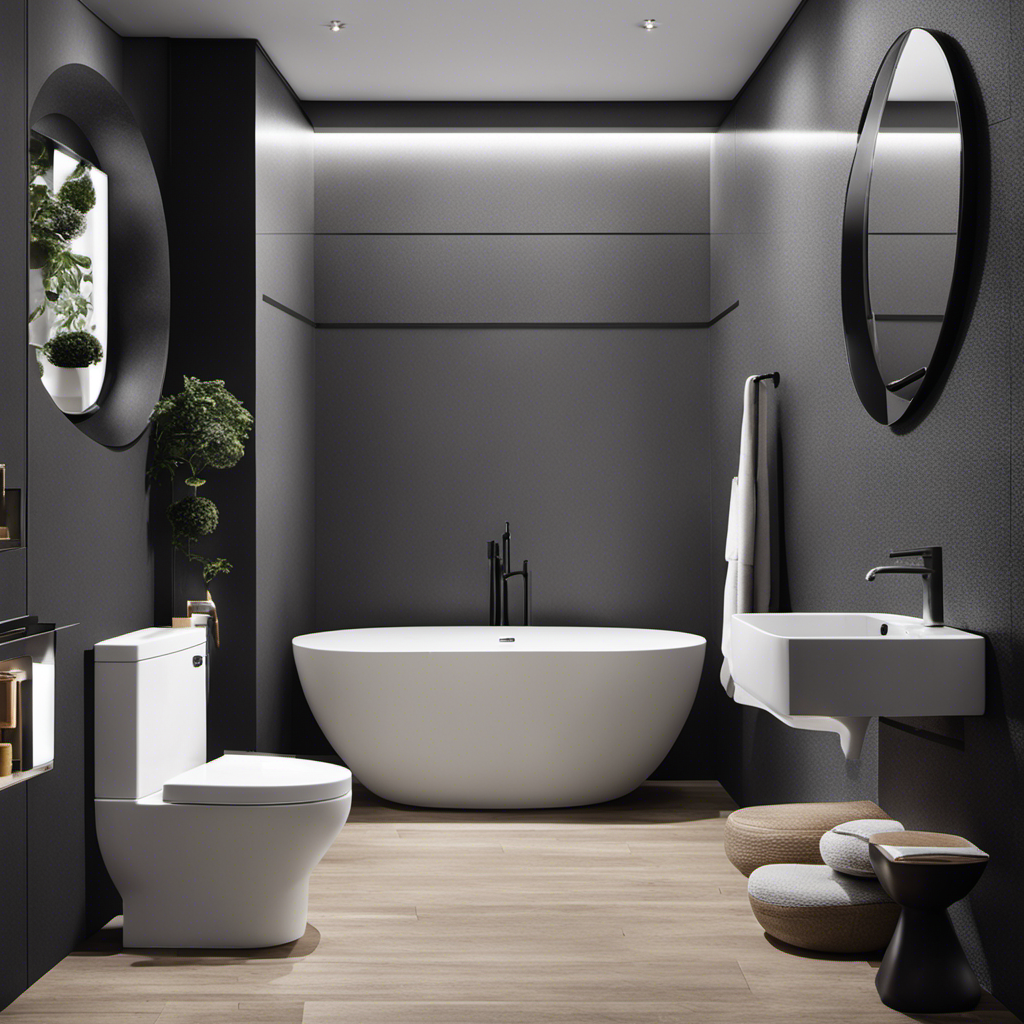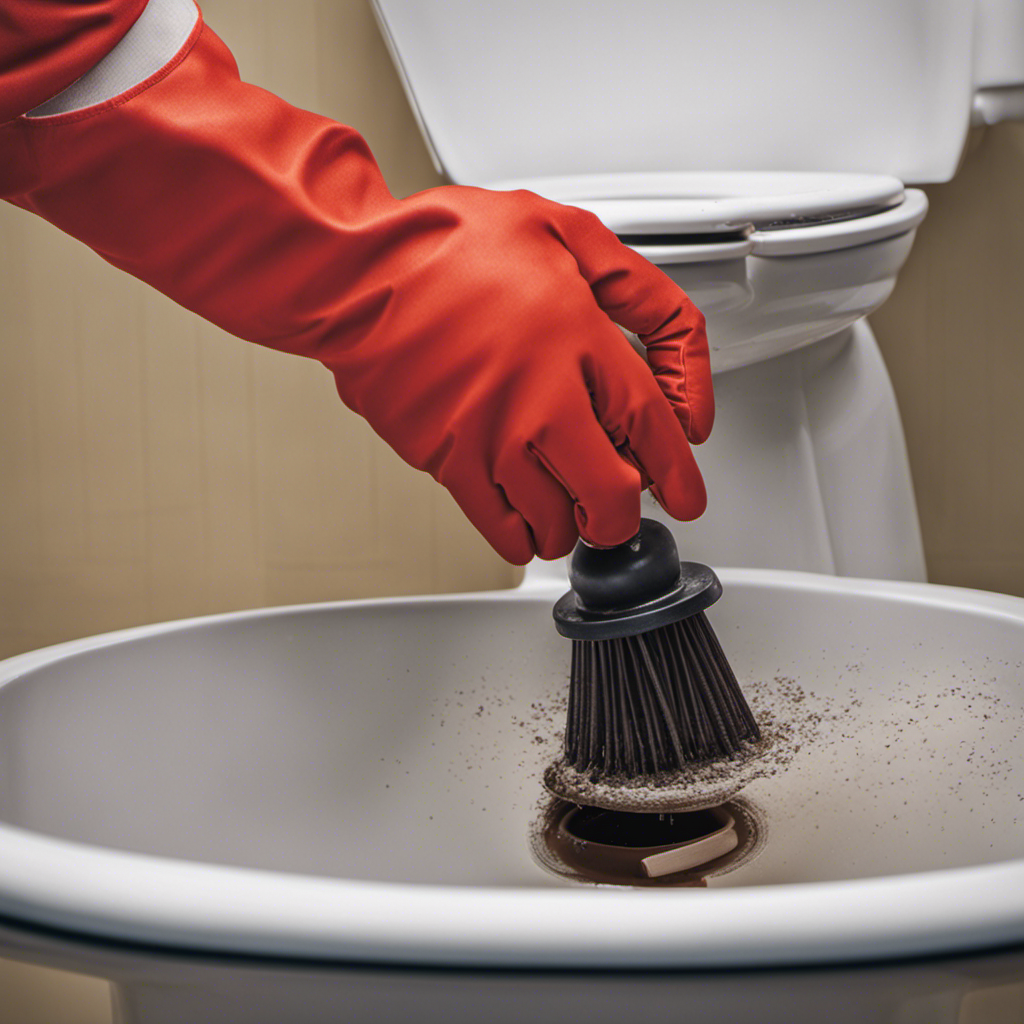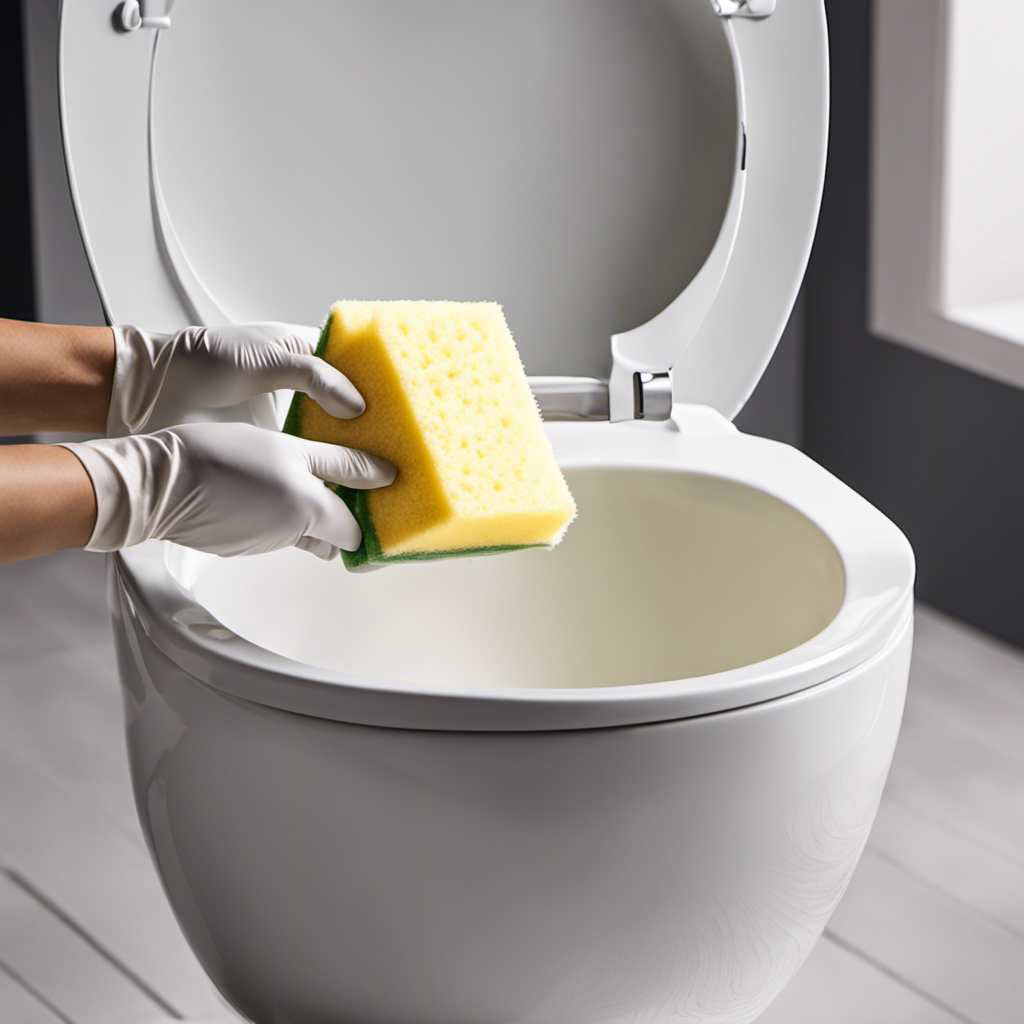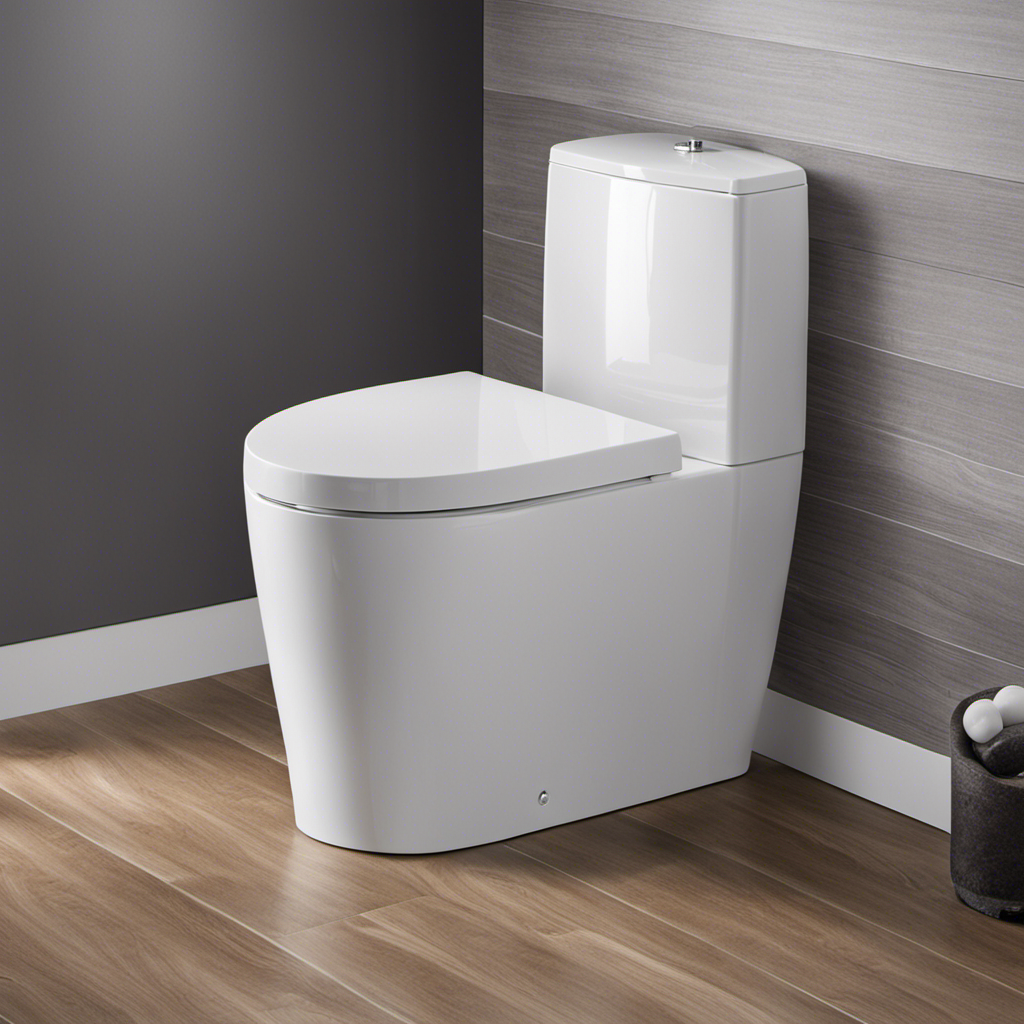When it comes to toilet water supply line sizes, finding the right fit is crucial for optimal functionality.
In this informative article, readers will discover the essential guidelines for determining the appropriate size of supply lines for both domestic and commercial use.
From the recommended sizes for uniform supply lines to the steel supply line diameter for toilet tanks, this article leaves no stone unturned.
So, buckle up and get ready to dive deep into the world of toilet water supply lines!
Key Takeaways
- The main water supply line for a one-family household is typically 1 inch in diameter.
- Uniform supply lines of ¾ or ½ inches should be used to maintain pressure throughout the household.
- Different sizes of supply lines can lead to pressure imbalance.
- The steel supply line connecting the intermediate supply line to the toilet tank is usually ⅜ inches in diameter.
Domestic Toilet Water Supply Line Sizes
The main water supply line for a one-family household is typically 1 inch in diameter. The steel supply line connecting the intermediate supply line to the toilet tank is usually ⅜ inches in diameter.
To ensure proper pressure maintenance, it is recommended to use uniform supply lines of ¾ or ½ inches in diameter throughout the household. Using different sizes of supply lines can lead to pressure imbalance and affect the efficiency of the toilet water supply.
It is important to consider the recommended sizes to ensure smooth water flow and avoid any potential plumbing issues. By using the appropriate supply line sizes, homeowners can maintain consistent water pressure and ensure optimal performance of their toilet system.
Commercial Toilet Water Supply Line Sizes
Commercial buildings typically require a main supply line of 2 inches in diameter. When choosing the size of a commercial toilet water supply line, several factors need to be considered.
Firstly, the materials used for the supply line are crucial. Brass supply lines are rigid but can kink if not set at the right length. Plastic supply lines are flexible but not as durable. Steel supply lines, although more expensive, are flexible and durable.
Secondly, the number of toilets and fixtures in the building should be taken into account. A larger building with more fixtures may require a larger supply line diameter to ensure adequate water flow and pressure.
Lastly, the distance between the water source and the toilets should be considered to ensure efficient water supply.
Recommended Sizes for Uniform Supply Lines
When determining the appropriate diameter for uniform supply lines, several factors should be considered. The recommended sizes for uniform supply lines are typically ¾ or ½ inches in diameter. These sizes are chosen to maintain consistent water pressure throughout the household.
Using uniform supply lines of the same size ensures that there is no pressure imbalance, which can lead to issues such as reduced flow or inadequate water supply to certain fixtures. The benefits of uniform supply lines include improved performance and efficiency in the water distribution system. By maintaining consistent pressure, it ensures that all fixtures receive an adequate supply of water for optimal functioning.
Additionally, uniform supply lines simplify the installation process and make it easier to troubleshoot any issues that may arise. Overall, using recommended sizes for uniform supply lines is crucial for a well-functioning and efficient water supply system.
Steel Supply Line Diameter for Toilet Tanks
Steel supply lines for toilet tanks typically have a diameter of ⅜ inches. These supply lines are commonly used in residential settings and are known for their durability and flexibility.
When installing a steel supply line for a toilet tank, there are a few tips that can help ensure a successful installation and avoid common mistakes:
- Ensure the supply line is the correct length to reach from the intermediate pipe to the toilet tank without any excess slack.
- Use Teflon tape or pipe sealant on the threaded connections to prevent leaks.
- Avoid over-tightening the connections, as this can damage the supply line or cause leaks.
- Check for any kinks or bends in the supply line before installation, as these can restrict water flow.
- Regularly inspect the supply line for any signs of wear or corrosion, and replace if necessary.
Types of Toilet Water Supply Lines
Brass and plastic are two common materials used for toilet water supply lines. Each material has its own advantages and disadvantages.
| Material | Flexibility | Durability | Cost |
|---|---|---|---|
| Brass | Rigid | High | High |
| Plastic | Flexible | Low | Low |
Brass supply lines are rigid, which makes them less prone to kinking. However, they can be more difficult to install due to their lack of flexibility. On the other hand, plastic supply lines are flexible, allowing for easier installation. However, they are not as durable as brass supply lines and may need to be replaced more frequently.
In terms of cost, brass supply lines are generally more expensive than plastic supply lines. This is due to the higher cost of the material itself. However, the increased durability of brass supply lines may offset the higher initial cost over time.
Ultimately, the choice between brass and plastic supply lines depends on individual preferences and needs.
Commonly Asked Questions About Water Supply Line Sizes
Copper and plastic are two materials commonly used for water supply lines. Individuals often have questions about the appropriate sizes to use. To help clarify these concerns, here are some commonly asked questions and answers regarding water supply line sizes:
- What are the recommended sizes for water supply lines?
- How do different sizes of supply lines affect pressure maintenance?
- Are there standard sizes for copper and plastic water lines?
- Can the size of the supply line impact the number of fixtures it can supply?
- What is the significance of maintaining pressure in water supply lines?
Understanding the recommended sizes and the importance of pressure maintenance can ensure an efficient and reliable water supply system. It’s crucial to follow these guidelines to avoid issues such as pressure imbalances or inadequate water flow. By selecting the appropriate size for your water supply lines, you can maintain optimal performance and minimize potential problems.
Tips for Finding the Right Fit for Your Toilet Water Supply Line
When looking for the appropriate connection for the toilet tank, it is important to consider the diameter of the supply line.
The size of the toilet water supply line is determined by several factors. First, for domestic use, the main water supply line for a one-family household is typically 1 inch in diameter. To maintain pressure throughout the household, uniform supply lines of ¾ or ½ inches should be used.
It is also important to note that using different sizes of supply lines can result in pressure imbalance. Additionally, the steel supply line connecting the intermediate supply line to the toilet tank is usually ⅜ inches in diameter.
When choosing the size of the supply line, it is crucial to consider the specific requirements of the household or commercial building.
Conclusion
In conclusion, it is crucial to choose the appropriate size and type of toilet water supply lines for maintaining optimal water pressure and functionality. Whether you are in a one-family household or a commercial building, finding the right fit is essential. Remember to consider the recommended sizes for uniform supply lines and the steel supply line diameter for toilet tanks.
Additionally, it is important to understand the advantages and disadvantages of different types of supply lines, such as brass, plastic, and steel. This knowledge will help you make an informed decision. So, don’t overlook the importance of finding the right fit for your toilet water supply line. It is necessary to ensure a seamless plumbing experience.










